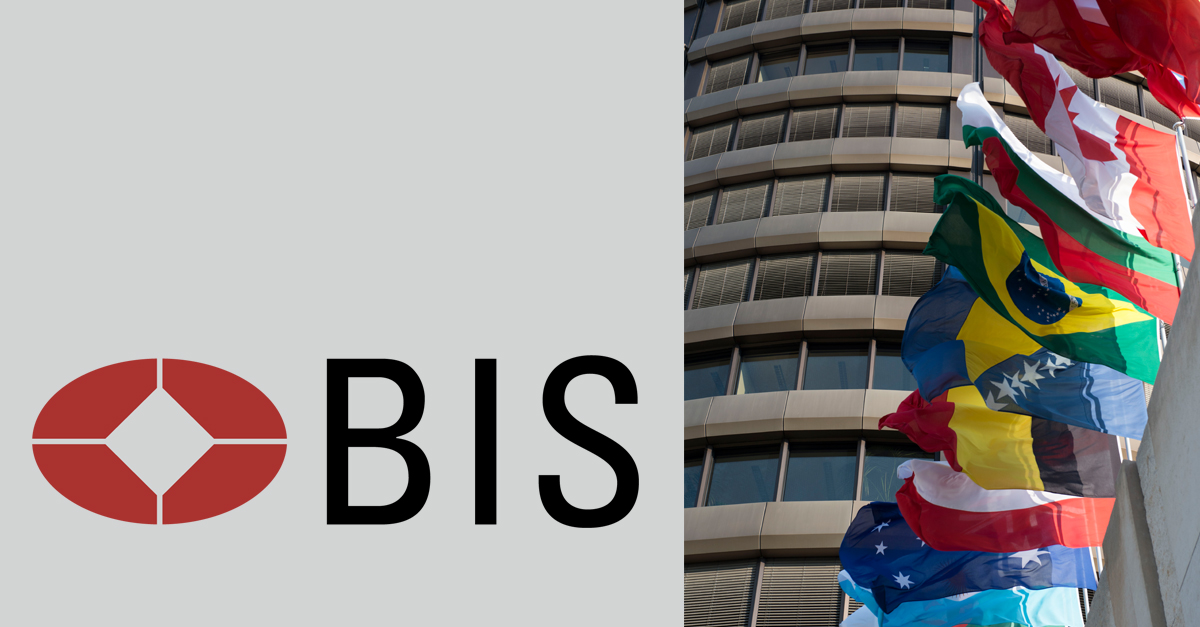Travis Kelce has spoken out about his father listening to Taylor Swift’s new song about his penis.
Last week, Swift’s new album, ‘The Life of a Showgirl’, was released, and it received more than 250 million global streams on Spotify within 24…
Travis Kelce has spoken out about his father listening to Taylor Swift’s new song about his penis.
Last week, Swift’s new album, ‘The Life of a Showgirl’, was released, and it received more than 250 million global streams on Spotify within 24…
A study published in the Journal of Physiology looks at the health of the offspring of rats exposed to…
9 October 2025 – London: Leading international maritime associations and organisations reiterate our strong support for adoption by the world’s governments at the UN International Maritime Organization (IMO) of the “Net-Zero Framework” at the critical Extraordinary Session of the IMO Marine Environment Protection Committee next week (14-17 October).
The global industry remains fully committed to working collaboratively with IMO Member States to implement successfully this carefully balanced regulatory package for achieving net zero GHG emissions by or close to 2050, with necessary incentives to de-risk investment in new green marine fuels to accelerate the total decarbonisation of international shipping and to implement a just transition for the maritime workforce.
Only global rules will decarbonise a global industry. Without the Framework, shipping would risk a growing patchwork of unilateral regulations, increasing costs without effectively contributing to decarbonisation.
With the support of the industry, this is a unique and historic opportunity for governments to put in place a comprehensive global framework, which will be strictly enforced worldwide, to incentivise the shipping industry’s transition to net zero emissions whilst ensuring a level playing field.
The maritime transport sector, which moves 90% of global trade, is ready to play its important part in delivering a sustainable future.
Read the full joint industry statement here.

Remarks prepared for delivery
Distinguished guests, colleagues, friends. Good afternoon.
I am very pleased to join you here at the 6th Global Fintech Fest in Mumbai – a financial hub celebrated for its rich history, vibrant culture and, most importantly, enduring spirit of innovation.
Today, central banks operate in a world of rapid transformation. Technology has reshaped not only how financial services are delivered but also how central banks interact with external stakeholders. Artificial intelligence (AI) stands at the centre of this transformation.
In my speech this afternoon, I will explore how central banks are using AI to support their operations, the challenges AI poses and strategies to address the trade-offs central banks encounter in order to reconcile the risks and benefits.
The adoption of AI has extended to central banks, where it has the potential to enhance efficiency, improve accuracy and strengthen decision-making processes. AI is making significant impact in three key areas:
1) Data analysis
2) Economic forecasting and policy analysis
3) Payment system oversight and global connectivity
While the benefits of AI are undeniable, its integration into central banking presents challenges, particularly in monetary policy and financial stability. Here are some pressing issues:
1) Key technological limitations of AI
2) Monetary policy and transmission effectiveness
AI presents several challenges to monetary policy and its transmission mechanisms, as highlighted in a recent ECB speech and our annual economic report. 3
3) Financial stability risks
The integration of AI into financial systems presents financial stability risks that central banks and policymakers must address:
4) Cyber risks and ethical considerations
As central banks explore the transformative potential of AI, they face complex trade-offs that demand careful consideration:
Overall, achieving the right balance between performance, cost and control is vital for central banks to successfully adopt AI. Central banks must thoughtfully evaluate immediate short-term investments against the long-term benefits.
So how can institutions like the BIS help central banks navigate the evolving landscape of AI? At the BIS, we provide support to central banks through three key avenues:
1) Forum for discussion
We offer a space for central banks to exchange insights and build a community around emerging technologies.
2) Platform for international cooperation
We facilitate collaboration among central banks and regulators to uphold monetary and financial stability.
3) Experimental innovation
Through the BIS Innovation Hub, we enable central banks to experiment with cutting-edge technologies.
By fostering discussion, collaboration and experimentation, the BIS helps central banks to harness the potential of AI while mitigating risks.
To conclude, AI presents transformative opportunities for central banks, enhancing efficiency, decision-making and financial infrastructure. From advanced data analysis to improved oversight of payment systems, AI is already reshaping central bank operations. However, challenges such as data quality, model complexity, ethical concerns and financial stability risks must be carefully addressed.
To fully realise the potential of AI, central banks must balance its benefits with its risks. Transparency, robust governance and talent development are essential to navigating this evolving landscape.
As stewards of monetary and financial stability, central banks have a responsibility to adopt AI in a safe, ethical and sustainable manner. The BIS is dedicated to supporting this journey by fostering dialogue, promoting international cooperation and enabling innovation.
Thank you.
The views expressed in this speech are my own and not necessarily those of the BIS or its member central banks.

An electric bin lorry has been added to a council’s fleet to make its waste management service “more sustainable”.
Hull City Council said it had introduced the vehicle to tackle climate change and improve air quality in the city.
It is part of a phased replacement programme by the authority to replace older vehicles with electric alternatives.
“Every electric vehicle we add to our fleet is a step towards improving the air we breathe and reducing our impact on the planet,” said councillor Charles Quinn, portfolio holder for environment.
He added the new vehicle would help “create a more sustainable Hull” for future generations.
The council said fleet vehicles were its second largest source of carbon emissions, so transitioning to electric vehicles would play “a vital role in reducing the organisation’s overall carbon footprint”.
It added electric vehicles were quieter, more efficient and easier to maintain, and the latest addition would support the government’s Simpler Recycling scheme, which is due to come into force in March.
Councillor Mark Ieronimo, cabinet portfolio holder for transport and infrastructure, said: “Every vehicle we add helps reduce carbon emissions, creating a more sustainable transport fleet.”
The authority already has 60 zero-emission battery electric vehicles and its newest addition will be one of the largest electric fleets in the region.
It plans to achieve net zero emissions by 2045.

Indie studio Heart Machine is making layoffs and ending development on early access title Hyper Light Breaker.
A studio spokesperson confirmed the news in a statement to Game Developer but didn’t specify how many people are being made redundant.

The PA401 and PA602 feature front panels with integrated PWM control, letting users switch their PC’s fan mode with ease. Alternate between maximum cooling power or letting the PC manage fan speeds with the tap of a button.
To take cooling even…